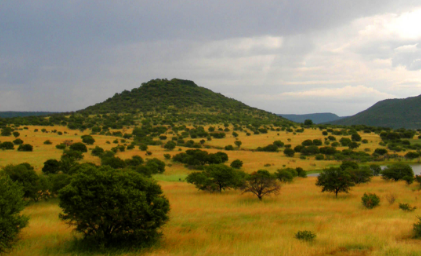(单词翻译:单击)
听力文本
The East African savannahs support millions of grazers.
东非大草原养育着成千上万的食草动物。
Each year they devour millions of tons of grass,
每年会吃掉数百万吨草,
and yet there's one creature here whose impact is far greater than all these animals combined.
然而有一种生物对草原造成的影响,远大于其他动物的总和。
They're found wherever grass grows on the planet,
地球上有草的地方都有它们的踪影,
yet their labours go almost entirely unnoticed.
但它们的辛苦劳作几乎难以察觉。

One of the most remarkable is found here on the grasslands of South America.
其中最出色的出现在南美洲草原。
These blades are so tough that virtually no large grass eaters can stomach them.
这些叶片十分坚硬,几乎没有大型食草动物能消化得了。
Yet they're harvested on an industrial scale... by tiny grass cutter ants.
然而却被小小的切叶蚁大规模采集。
But they themselves can't digest one bit of it. So, why bother?
可它们根本无法消化叶片。那到底是为什么呢?
The answer is underground, and it's very ingenious.
答案在地下,可谓别出心裁。
视频及简介
草原覆盖了所有土地的四分之一,支持着野生动物的大量聚集,但为了在这里生存,动物必须忍受地球上最恶劣的季节性变化。从亚洲怪异的西贡羚羊,到巴西的巨型食肉动物,草原动物已经以不同寻常的方式适应了这些极端。在被洪水淹没的奥卡万戈,狮子在史诗般的战斗中,在大草原上捕食一头令人生畏的水牛,捕食者利用大象来帮助捕捉昆虫,在寒冷的北部苔原上,驯鹿开始在饥饿的北极狼的阴影下进行大迁徙。


